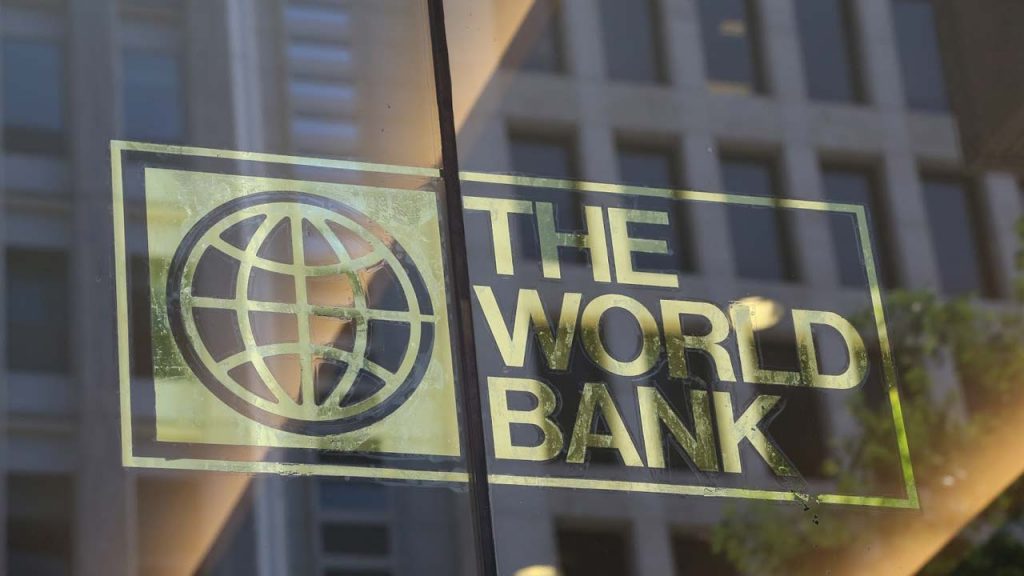If you’re trading commodities next year: look for small upticks in oil and crops. But overall, raw-material prices may get stuck in a bit of a lull.
That’s according to a report issued Thursday by analysts for the Washington-based World Bank. The bank forecasts an index of energy products to climb 4 percent in 2018, while agricultural goods rise 1.2 percent and metals and minerals drop about 0.7 percent.
The forecast comes on the back of a rather ho-hum period for the asset class. The Bloomberg Commodity Index tracking 22 products is down about 2 percent this year and a measure of 60-day volatility has been waning since late July. Prices have remained subdued by large stockpiles, a trend that may be poised to continue.
“Last year and this year, most commodity markets are well supplied,” John Baffes, a senior economist at the World Bank, said in a telephone interview. “We’ll not see a sort of major price increase for next year.”
Here are some of the bank’s expectations:
Energy
Crude oil is expected to extend recent gains amid stronger use, moving from an average of $53 a barrel in 2017 to $56 next year, the bank forecasts. Increases in production from nations outside the Organization of Petroleum Exporting Countries will gain at about the same rate as global demand, leaving stockpiles without a “meaningful” reduction.
After a strong year for coal prices because of reductions in Chinese supply, prices may drop ahead amid “environmental headwinds.” For natural gas, demand is expected to be strong as chemical and fertilizer plants boost capacity and amid rising U.S. exports to Mexico and other countries. Prices are expected to climb 3 percent next year, the report said.
Metals
For precious metals, platinum may rise about 4 percent next year as mine output wanes. Meanwhile, gold and silver will face pressure from expected U.S. interest-rate increases. Base metals surged this year amid strong demand from China and supply challenges. Prices are expected to ease next year as declining iron-ore prices offset strength in other commodities, including lead, nickel and zinc.
Agriculture
Grain prices, which have been relatively flat this year, are expected to edge 1 percent higher in 2018. The outlook further out doesn’t look all that lively — with agricultural commodities forecast to rise 3 percent through 2020. The bank doesn’t expect widespread weather challenges to appear and sees comfortable wheat stockpile levels, despite lower production this season.
Still, some areas of the world remain short of food. Parts of Ethiopia, Kenya and Somalia are facing the worst drought in decades, and conflicts in Nigeria, South Sudan and Yemen have left millions in need of emergency supplies. “These patterns reinforce the likelihood that food scarcity is far more directly associated with local security and weather conditions than global food commodity price levels,” the report said.
— With assistance by Luzi-Ann Javier, and Lynn Doan


